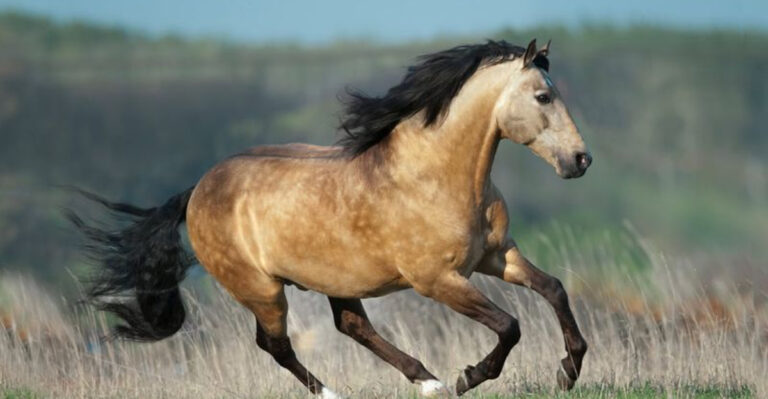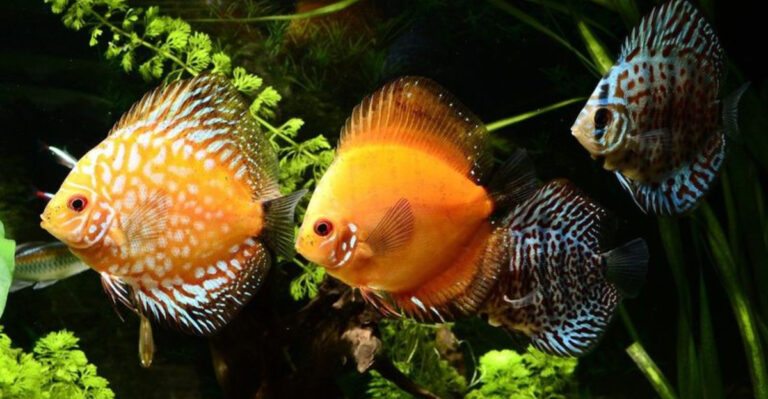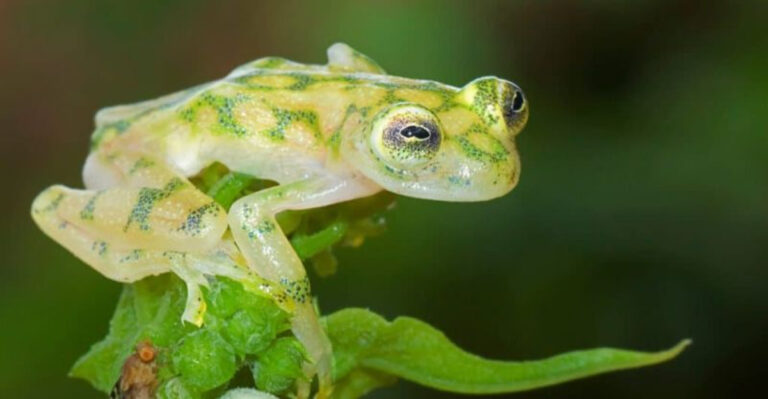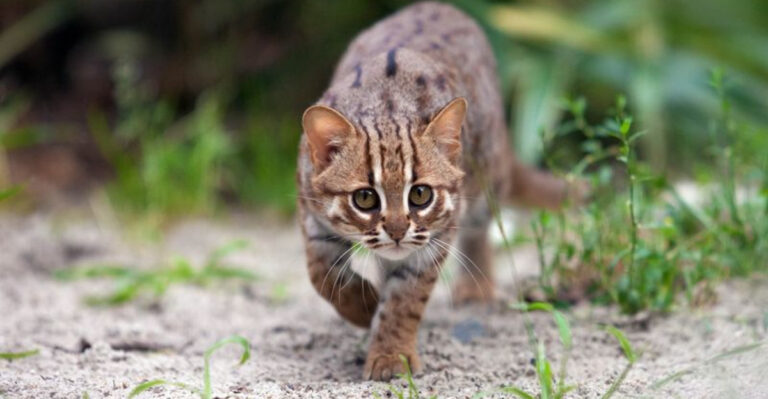12 Giant Nests Pushing The Limits Of Nature’s Design
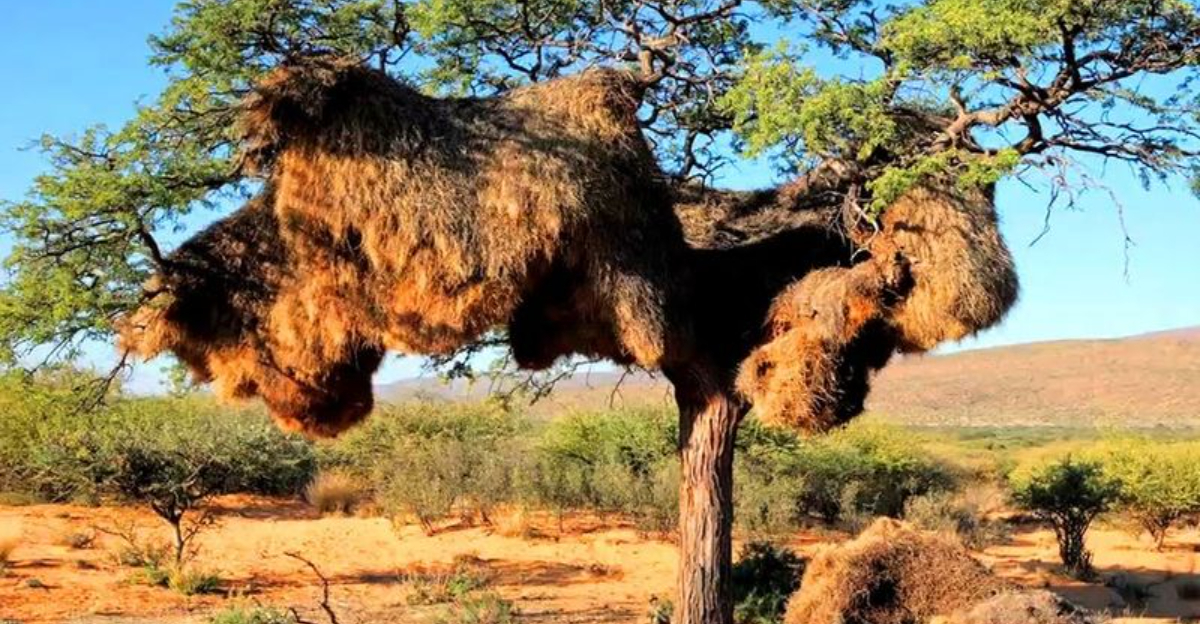
From towering treetop fortresses to massive underwater dwellings, animals create incredible homes that boggle the mind.
These architectural marvels aren’t just places to lay eggs – they’re masterpieces of natural engineering that protect families, attract mates, and sometimes house entire communities. Let’s explore some of nature’s most jaw-dropping nests that show just how creative our animal neighbors can be.
Sociable Weaver’s Apartment Complex
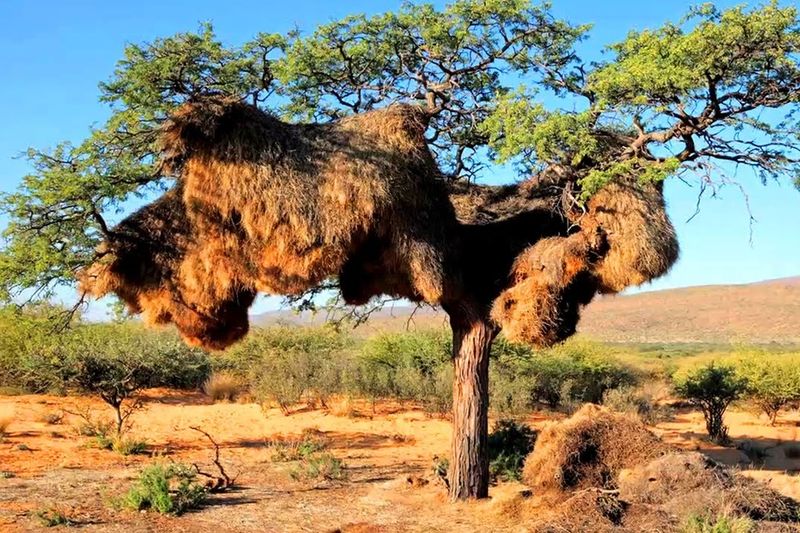
Ever seen a haystack big enough to crush a car? That’s what sociable weavers build in Africa! These tiny birds construct massive community nests that can weigh over a ton and house hundreds of families.
The interior features separate chambers with different temperatures – cooler rooms for hot days and warm spots for chilly nights. Some of these avian apartment buildings have been continuously occupied for over 100 years!
Bald Eagle’s Skyscraper Nest
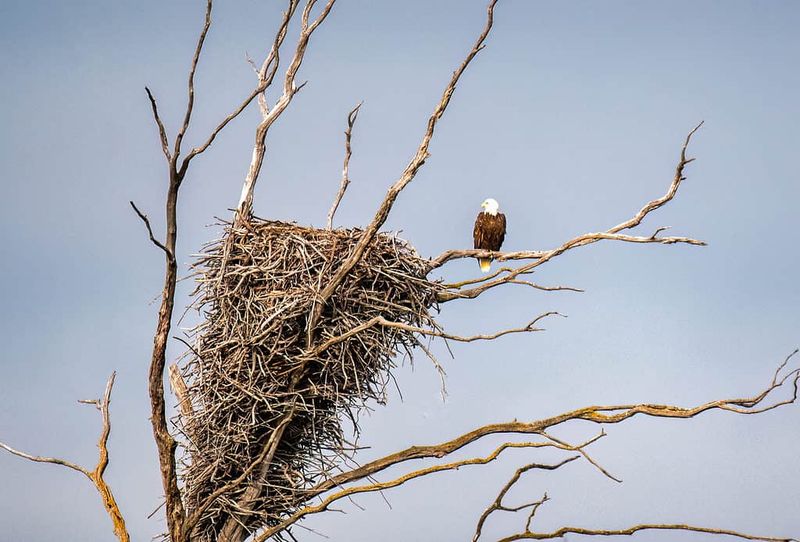
Imagine a nest taller than you! Bald eagles build enormous stick structures that grow bigger each year as they add new materials. The record-holder weighed over two tons – heavier than a compact car!
Located high in sturdy trees, these nests can stretch 10 feet across and 20 feet deep. Eagles reuse their homes for decades, creating natural landmarks that locals often name and monitor year after year.
Australian Brush-Turkey’s Compost Heap

Talk about a hot property! Male brush-turkeys build enormous mounds of leaves, soil, and vegetation that can span 13 feet wide and 5 feet tall. But here’s the weird part – they’re not for living in.
These massive piles work like natural incubators. As the plant material decomposes, it generates heat to incubate eggs. Dad constantly monitors the temperature with his beak, adding or removing material to keep it at a perfect 91°F.
Hamerkop’s Indestructible Fort

Forget bird nests – hamerkops build bird castles! These African waterbirds construct the strongest nests in the bird world, using over 8,000 sticks cemented together with mud.
The finished product? A fortress weighing up to 110 pounds with walls so thick even predators like eagles can’t break in. Each dome-shaped masterpiece has a tiny entrance tunnel leading to a cozy chamber inside, complete with soft lining for baby birds.
Montezuma Oropendola’s Hanging Apartments

Hanging like giant teardrops from tropical tree branches, these extraordinary nests can reach six feet long! Montezuma oropendolas weave plant fibers into flexible pouches that sway in the breeze, keeping predators guessing.
A single tree might support 30+ of these pendulous apartments, creating quite the neighborhood. The top birds get the highest spots, while lower-ranking members settle for less desirable locations – real estate hierarchy exists even in the bird world!
Compass Termite’s Magnetic Mansion

Rising like alien monoliths from the Australian outback, compass termite mounds stand up to 12 feet tall with a peculiar north-south orientation. This clever design isn’t random – it minimizes sun exposure during the hottest parts of the day.
Inside these mud skyscrapers lies an elaborate network of tunnels, nurseries, and fungus gardens. Millions of termites work together to maintain perfect temperature and humidity levels, creating one of nature’s most sophisticated climate-controlled buildings.
Malleefowl’s Volcanic Incubator

Forget digging a simple hole – malleefowl create volcanic-looking mounds up to 15 feet wide and 3 feet high! These Australian birds spend months gathering plant material, then use it like a natural compost heater.
The male bird becomes a living thermometer, sticking his beak into the mound to check if it’s the perfect 92°F for eggs. He’ll add or remove layers of sand daily for months, working harder than most human dads during their baby’s first year!
Rufous Hornero’s Clay Oven Home

Looking like someone left a clay pot in a tree, the rufous hornero’s nest is South America’s architectural wonder. These resourceful birds mix mud, grass, and dung into a solid, brick-like material that hardens in the sun.
The finished product resembles an old-fashioned bread oven (hence their nickname, “ovenbirds”). Each dome features a curved entrance tunnel that prevents predators and rain from getting inside, while providing perfect acoustics for the birds’ duet singing performances.
Orangutan’s Treetop Penthouse

High above the Bornean rainforest floor, orangutans craft surprisingly sophisticated sleeping nests each night. These great apes bend and weave living branches together to create sturdy platforms that can support over 200 pounds.
A master builder needs just 6 minutes to construct the perfect bed, complete with a bowl-shaped depression for comfortable sleeping. Even more impressive? They often add roofs for rain protection and soft linings made from leafy twigs – nature’s luxury mattress!
Dusky Scrubfowl’s Beach Incubator

Beach volleyball court or bird nest? Dusky scrubfowl create enormous sandy mounds up to 18 feet wide and 15 feet tall along tropical beaches. That’s taller than a basketball hoop!
These industrious birds kick sand backward with powerful feet, building their massive incubators over many months. The eggs buried inside are warmed by decomposing vegetation and sometimes even geothermal heat from volcanic areas – nature’s perfect egg cooker!
African Weaverbird’s Hanging Village

Imagine an entire tree draped with hundreds of teardrop-shaped nests, swaying in the breeze! Colonial weaverbirds create spectacular nest cities that can completely transform a tree’s appearance.
Each male meticulously weaves grasses into intricate pouches, sometimes adding special entrance tunnels to keep snakes away. The best builders attract multiple females, who inspect the craftsmanship carefully before choosing a mate – talk about pressure to have good DIY skills!
Beaver’s Engineering Marvel

Nothing says “extreme home makeover” like completely changing the landscape! Beavers build massive lodges that rise from the middle of ponds they create by damming streams with trees they’ve cut down themselves.
The largest beaver dam ever discovered stretched 2,790 feet – longer than 9 football fields! Inside their dome-shaped lodges, these furry engineers create multiple rooms, including underwater entrances that predators can’t access and cozy living chambers above the waterline.

